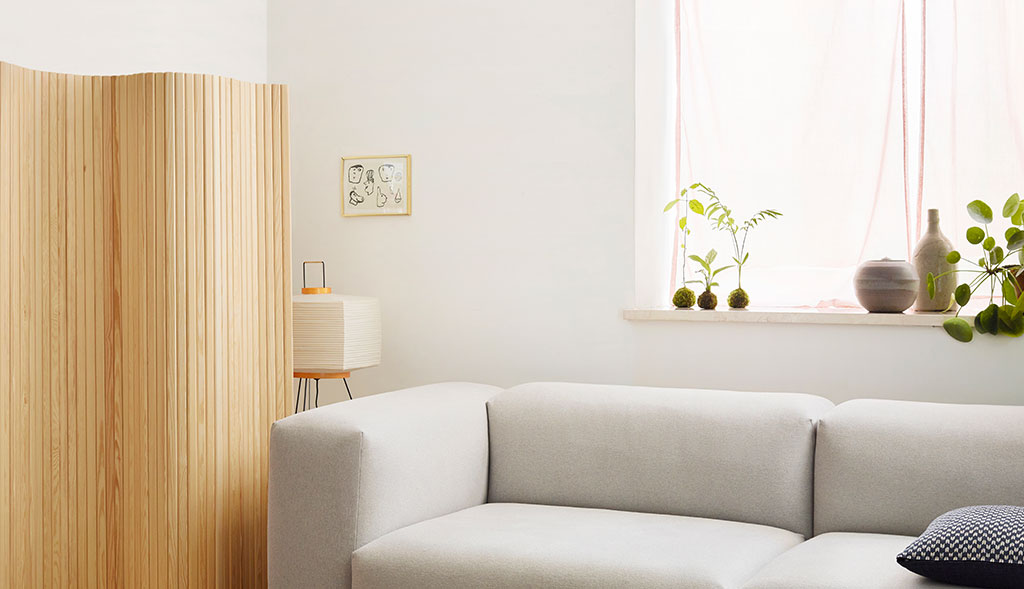Japandi | Exploring The Hybrid Fusion Trend
What is Japandi?
As the name suggests, Japandi is a hybrid trend that combines aspects of Scandinavian design with Japanese style. As you know, here at Utility we’re not big fans of the word “trend” but Japandi goes deeper than face value and is much more timeless than it is a seasonal affection. Let’s explore it a little further…
Despite the geographical distance between Japan and Scandinavia, they have a lot in common when it comes to design. Known for the calm and harmonious styles, both value functionality, simplicity and a love of natural materials and expert craftsmanship. Japandi sees a fusion of the timeless elegance of the Japanese aesthetic with the clean modernity we associate with contemporary Scandinavian style.
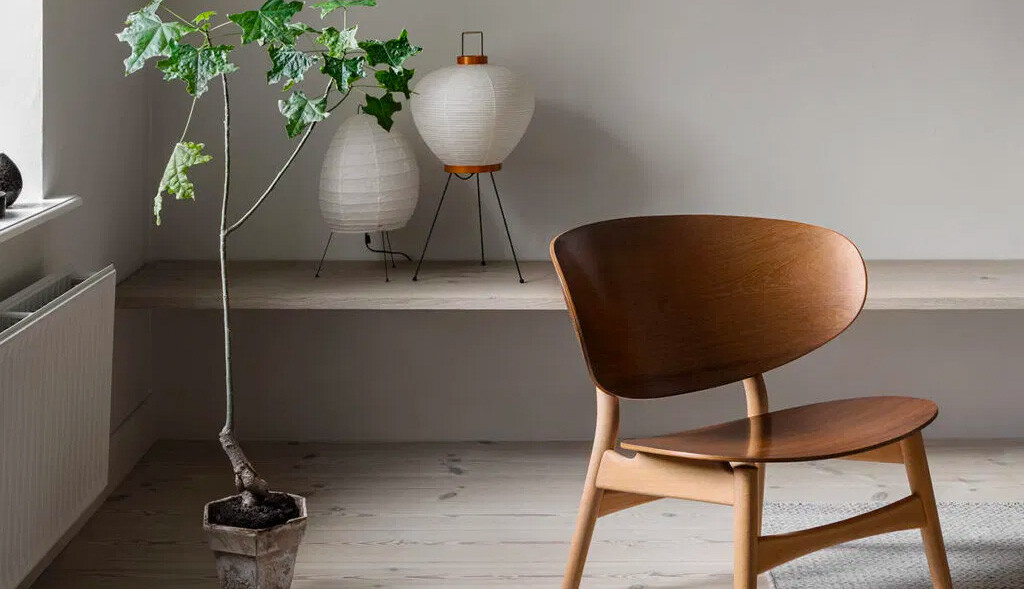
Hygge Meets Wabi-Sabi
Scandinavian and Japan share more than compatible tastes in design aesthetic - the two also share philosophies for living that compliment each other. Hygge, the Nordic notion of feeling cosy and content harmonises with the Japanese ideology of finding beauty in imperfection, known commonly as Wabi-Sabi. Together, the two ideas combine to create a relaxing, stress-free atmosphere and when applied to interior design create a space that the user enjoys being in.
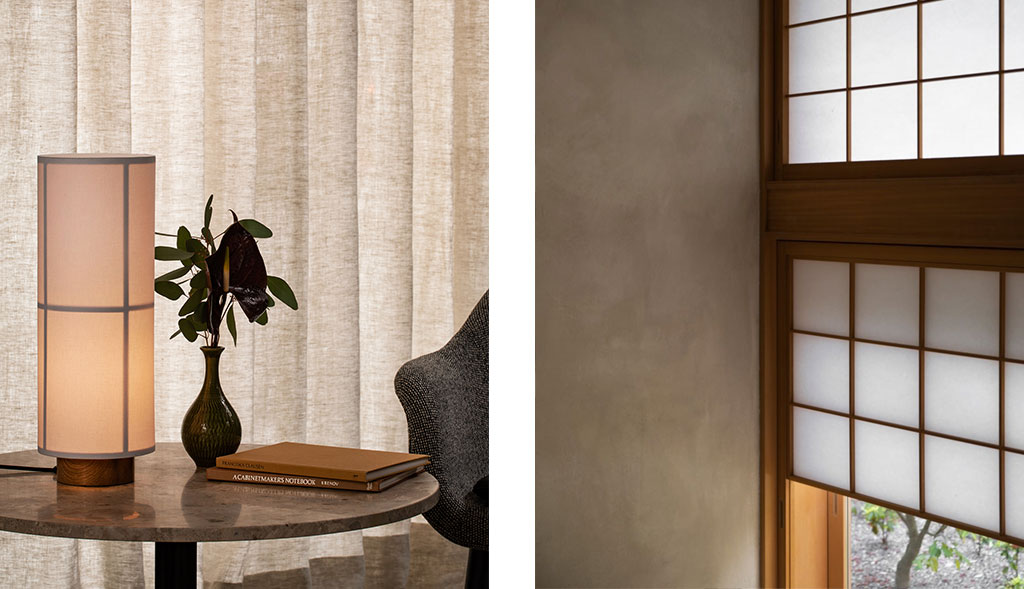
What Does Japandi Look Like?
Japandi is not new - people have been creating the look for years without ever putting a name on it and without consciously drawing a connection between Japanese and Scandinavian design. In recent years there has been a trend towards what some call “soft minimalism” which has seen interior designers combine clean lines and neutral palettes with warm, natural stoneware and soft furnishings to create an altogether more comfortable living space.
This is in many ways what Japandi represents. The overly sleek minimalism of Japandi spaces combined with the somewhat rustic, softness found in Nordic style create an inviting space while the introduction of Japan’s rich colour palette edges away from the stark neutrality of some Scandi spaces.
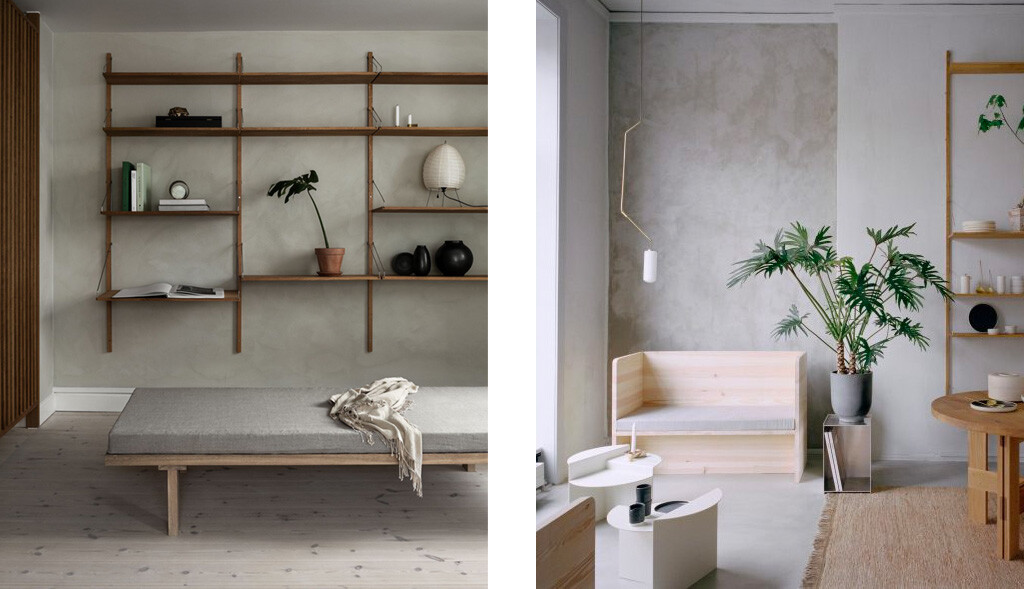
How To Bring Japandi Into Your Home
One of the main reasons we’re fans of the “trend” is that it encourages us to think longer term. It isn’t a simple matter of painting a statement colour wall or adding impractical embellishments, but rather a decision to invest in a future-proof space. To embrace Japandi is to buy into the concept and live with it.
Focus on quality and sustainability
The bedrock of any room is the furniture and we’re big advocates of choosing pieces that are simple enough in their elegance that they can adapt to many interiors. By taking a leaf out of the Japanese and Scandi design philosophies and investing in quality, well-crafted items you’re going to build a collection of furniture pieces that will last you a lifetime.
By buying authentic originals (which is all you’ll find at Utility) you’re ensuring designers can keep on designing, workers are paid fairly and waste is kept at a minimum.
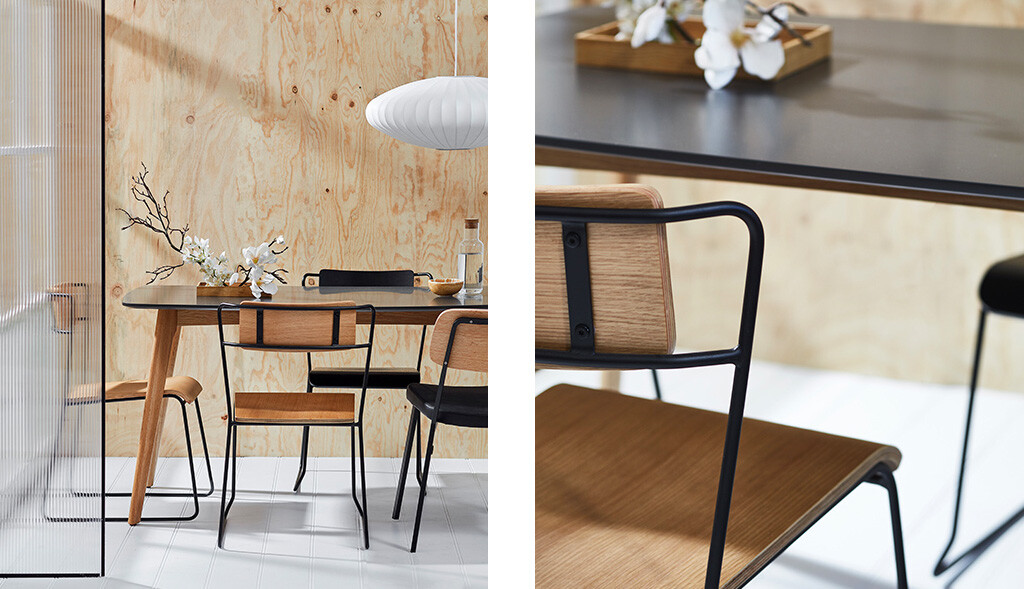
Combine furniture from both styles
As a hybrid aesthetic, Japandi requires mixing elements of Scandinavian and Japanese furniture. To achieve the desired style, think about incorporating pieces with clean lines and calm colour palettes, and give them space to breathe in your space.
Furniture and lighting designs from the mid-century play a big part in the Scandinavian style we see today (designs from Arne Jacobsen, Hans Wegner and Charles & Ray Eames are synonymous of the style) and they’re a great foundation for Japandi style. In fact, some of those designers took influence from Japanese furniture at the time, and likewise, designers like Isamu Noguchi took inspiration from them.
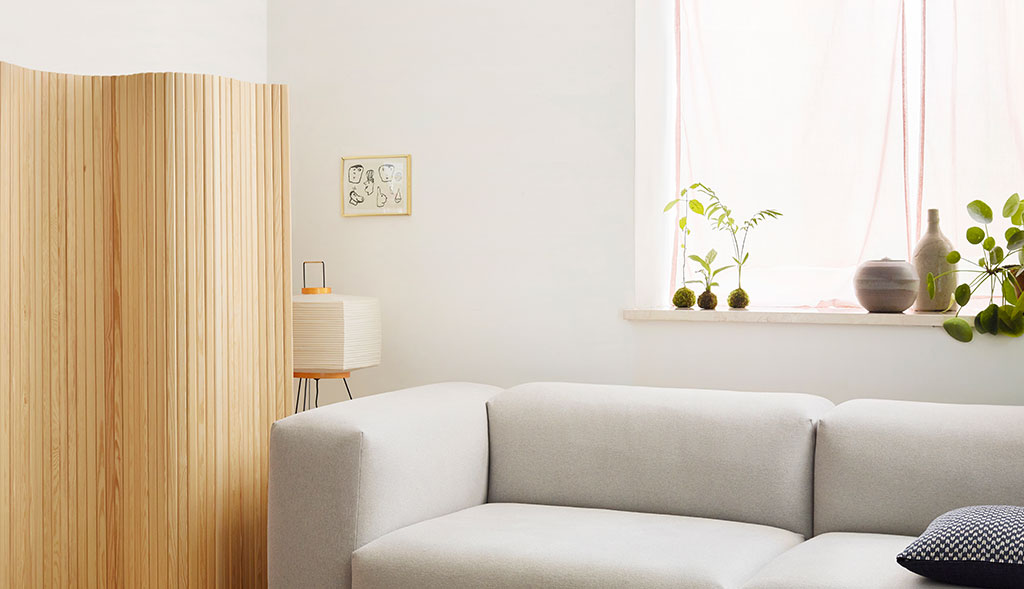
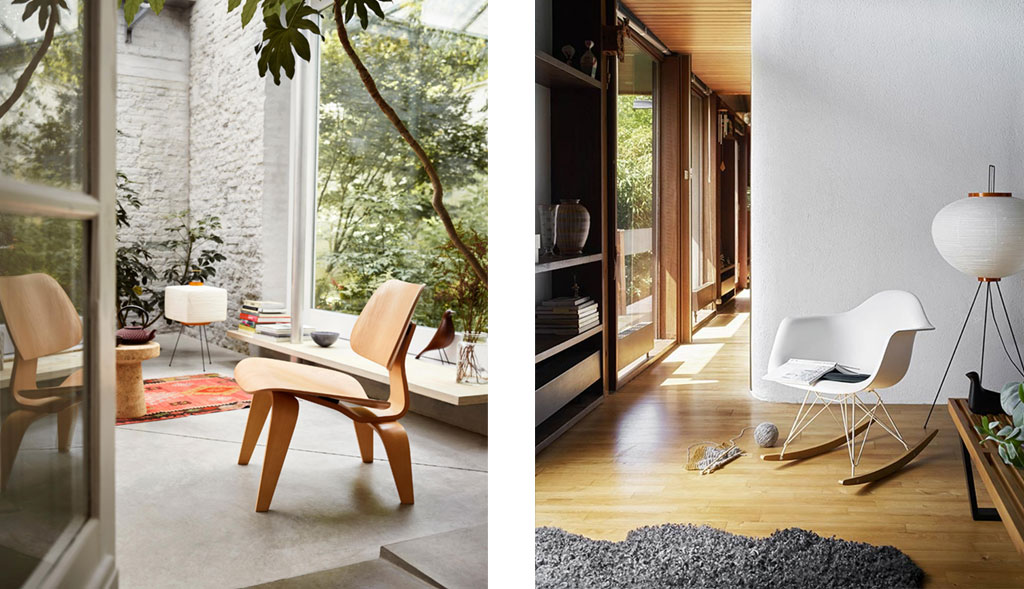
Elements of nature
Both Japanese and Scandinavian styles pay homage to nature and so a great way to achieve a Japandi interior is to embrace the use of indoor house plants. Avoid colourful flower arrangements and instead, opt for simple greenery in a stunning vase or planter.
Not sure where to start with indoor plants? Check out this great guide by Danish design favourites Ferm living.
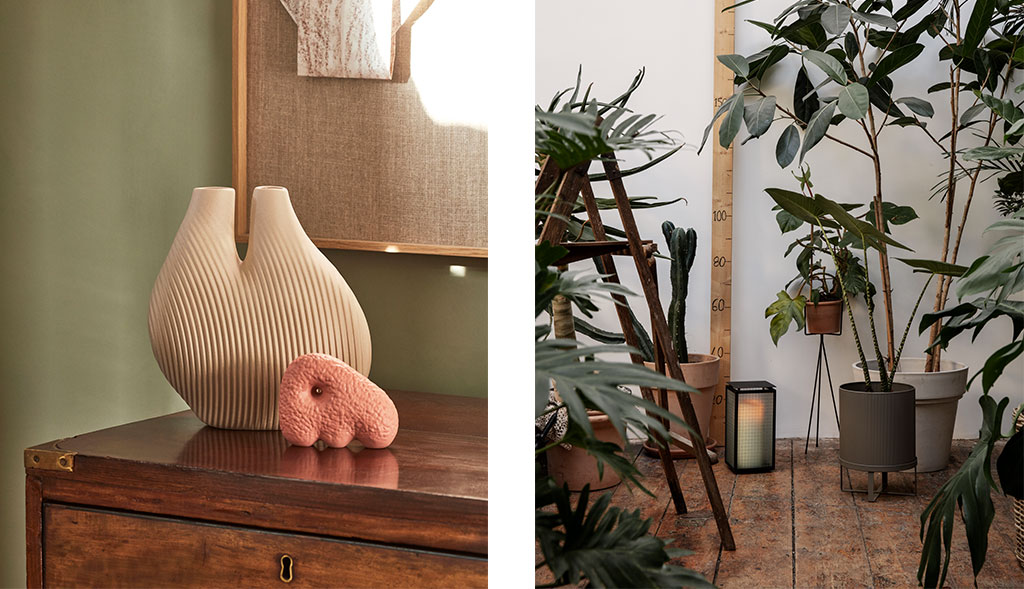
Introduce contrasting materials
Don’t be afraid to mix wood tones. Scandi style interiors lean heavily towards light woods such as ash and oak while traditional Japanese design often includes darker woods or wood stains. When combined correctly - like a dark wooden dining set against a light wooden wall - the tonal contrast can add depth to a room. Similarly, a functional accent piece like the walnut Butterfly Stool against a neutral coloured sofa or lounge chair looks incredible.
Paper lampshades such as the &Tradition Formakami, Vitra Akari and Nelson Bubble series are great for adding contrast and natural softness to white, minimal interiors as does the introduction of ceramic pots, vases, sculptures, bowls or dishes.
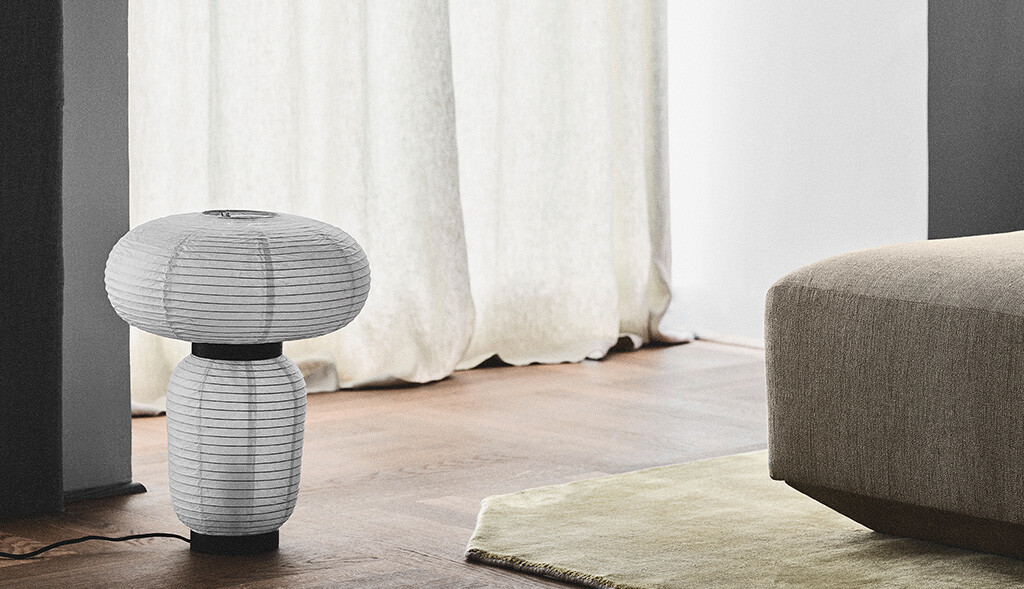
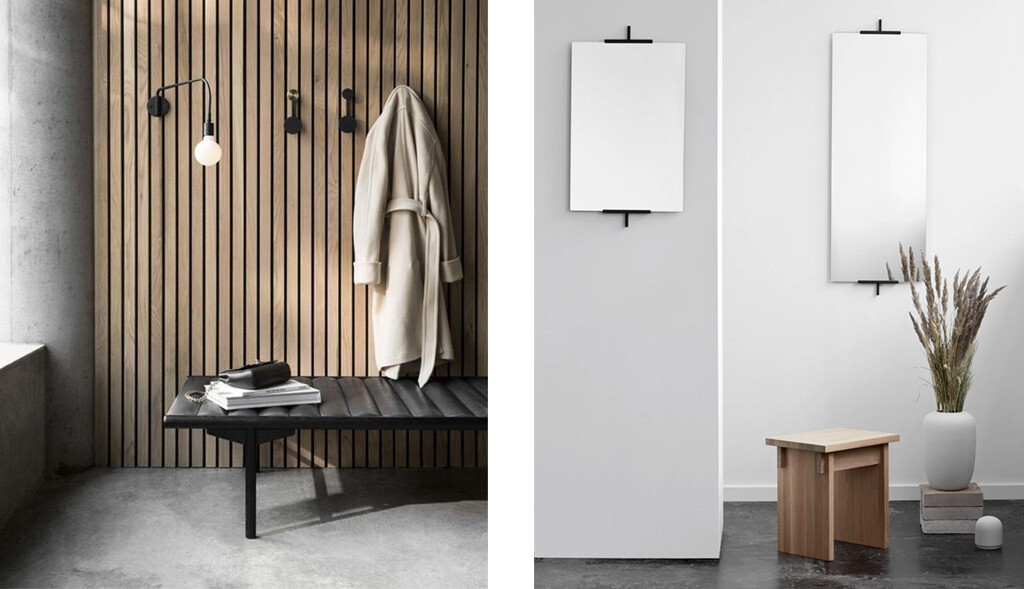
Choose functional accessories
Japanese design encourages careful consideration to every item in the home and while there may be room for the odd trinket here and there Japandi calls for beauty to be combined with practicality. When searching for decorative pieces to aid your Japandi style, look out for multifunctional items such as ceramic bowls / trays and cosy throws / pillows.
By now it'll be no secret that we’re fans of the Japandi style but we’re keen to encourage you to be yourself and not feel pressure to conform to any trend. If there are elements of Japandi that are to your taste aesthetically or philosophically, then, by all means, take them into your home but don’t feel as though you must to adhere strictly to our idea of what Japandi is, or what the magazines tell you either.
Your home is your home. Let it represent you.
Time for more? Sculptural Minimalism with Kristina Dam | An Easy Chair For Contemporary Living | Best Lounge Chairs For The Modern Home
-
Designer ProfilesThe Masters Of French Mid-Century Modern DesignRead More
Mid-century modern refers to a style of furniture, art, and architecture that evolved in the post-war era, during the middle of the 20th century. Characterised by their simplicity, functionality, timeless aesthetic and superb quality, mid-century modern designs have an enduring...
-
Style ProfilesScandinavian Style | Exploring the Interior TrendRead More
What is Scandinavian Style Interior Design? Scandinavian interior design - you probably already know exactly how this popular style feels. This clean, calm and inviting interior trend is as beautiful as it is timeless. But what actually is Scandi style...
